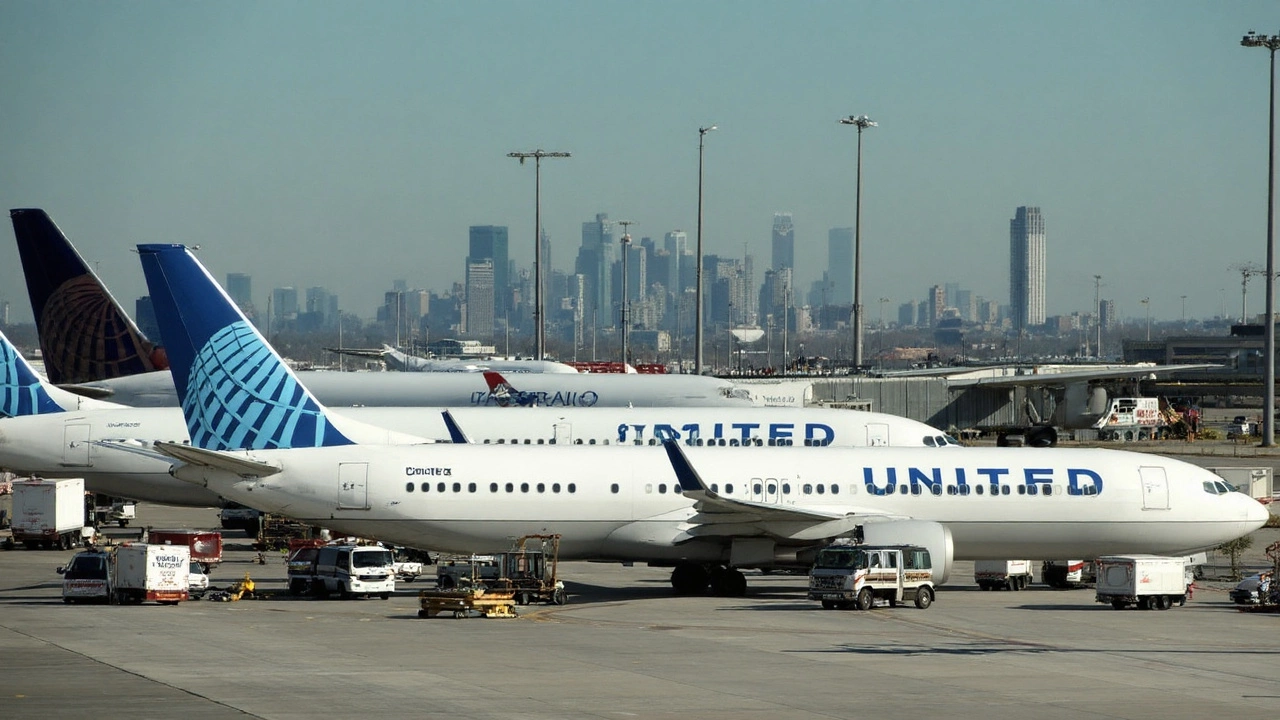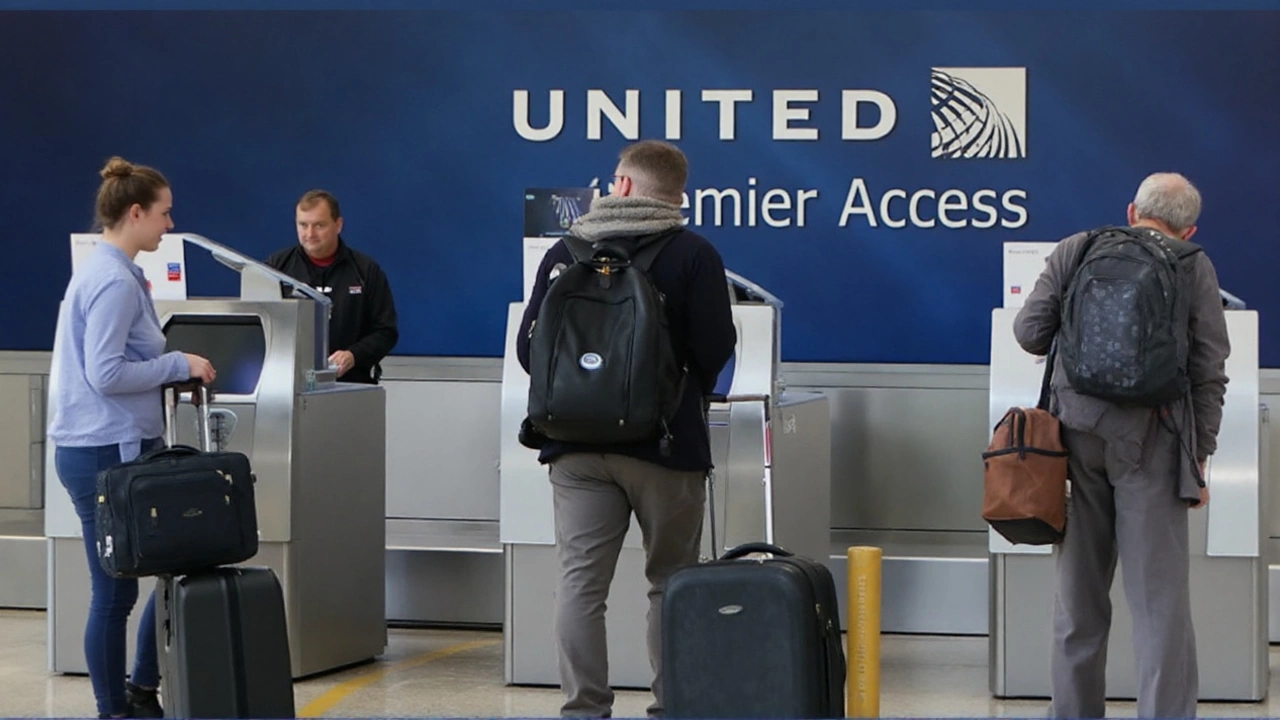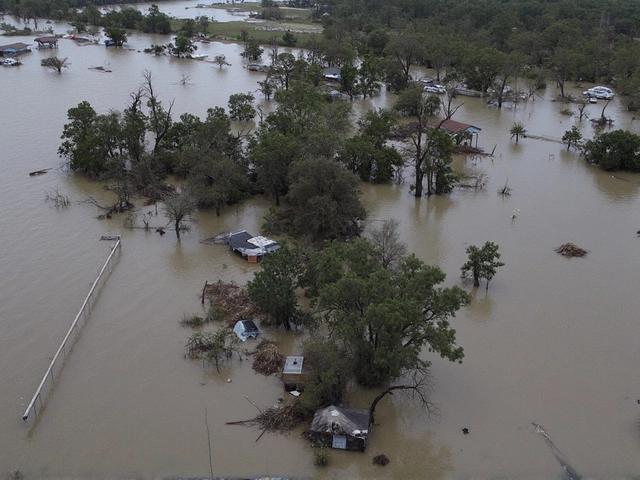System Meltdown Brings United Airlines to a Standstill
Travelers counting on United Airlines for their midweek flights got a serious reality check when a tech problem brought the airline's mainline operations to a complete halt. On Wednesday evening, screens at airports across the country flipped to “delayed” or “grounded” as United called a sudden systemwide ground stop. The Federal Aviation Administration (FAA) confirmed the issue was not caused by hackers, but it still managed to freeze thousands in place at some of the busiest airports in the United States.
Chicago O'Hare (ORD) turned into a parking lot with jets stuck at their gates and travelers packed together in waiting areas. Not much better at other big hubs, either. Denver, Newark, Houston, and San Francisco all saw their United mainline flights go nowhere fast. United Express regional flights kept operating, but that was small comfort for the thousands clutching boarding passes at stuck mainline gates. United made it clear: if your plane was already in the sky, it kept flying. Down on the ground, though, progress stopped cold until the IT issue could be fixed.

Passengers Vent Frustration as Hours Tick By
In the middle of the mess, tempers flared and patience wore thin. Nancy Gonzalez, a passenger frustrated and exhausted after her marathon trip from Flint, had enough of the delay: “We're all sitting there like sardines in this little airplane... Ten hours from Flint. I could have walked.” Inside the airport, Joanne Delahan sat stranded as her plane circled above. "They couldn't bring any of the planes out of the gates so we couldn't get into the gate." Clear communication was hard to come by, and most passengers could only guess what was happening as minutes turned into hours.
Airline staff faced the brunt of passenger anxiety, scrambling to relay information and hand out food vouchers where they could. Families with kids, people rushing for connections, and business travelers caught between meetings all found themselves in the same trapped boat—waiting on a glitch that had paralyzed one of the biggest names in air travel.
By late evening, United reported the problem was resolved, and boarding resumed. The technology meltdown, the airline stressed, wasn’t from a cyberattack or external threat. It was an ordinary IT system failure—infuriating, yes, but not sinister. Planes gradually took off, but the backlog made for a long night full of missed connections and changed plans. Staff working late into the night tried to smooth things over for tired, frustrated travelers who had placed their trust—and time—in hands guided by modern technology.
Over 1,000 flights saw delays or outright cancellations. While the incident was resolved before midnight, the ripple effects stretched into Thursday. For many, it was a chilled reminder: even the most sophisticated flight operations can be brought to their knees by the kind of digital hiccup anyone with a smartphone dreads. In today’s air travel, United Airlines relies on technology to keep things moving, but sometimes, all it takes is an unexpected outage for the high-flying circus to come to a grinding halt.




